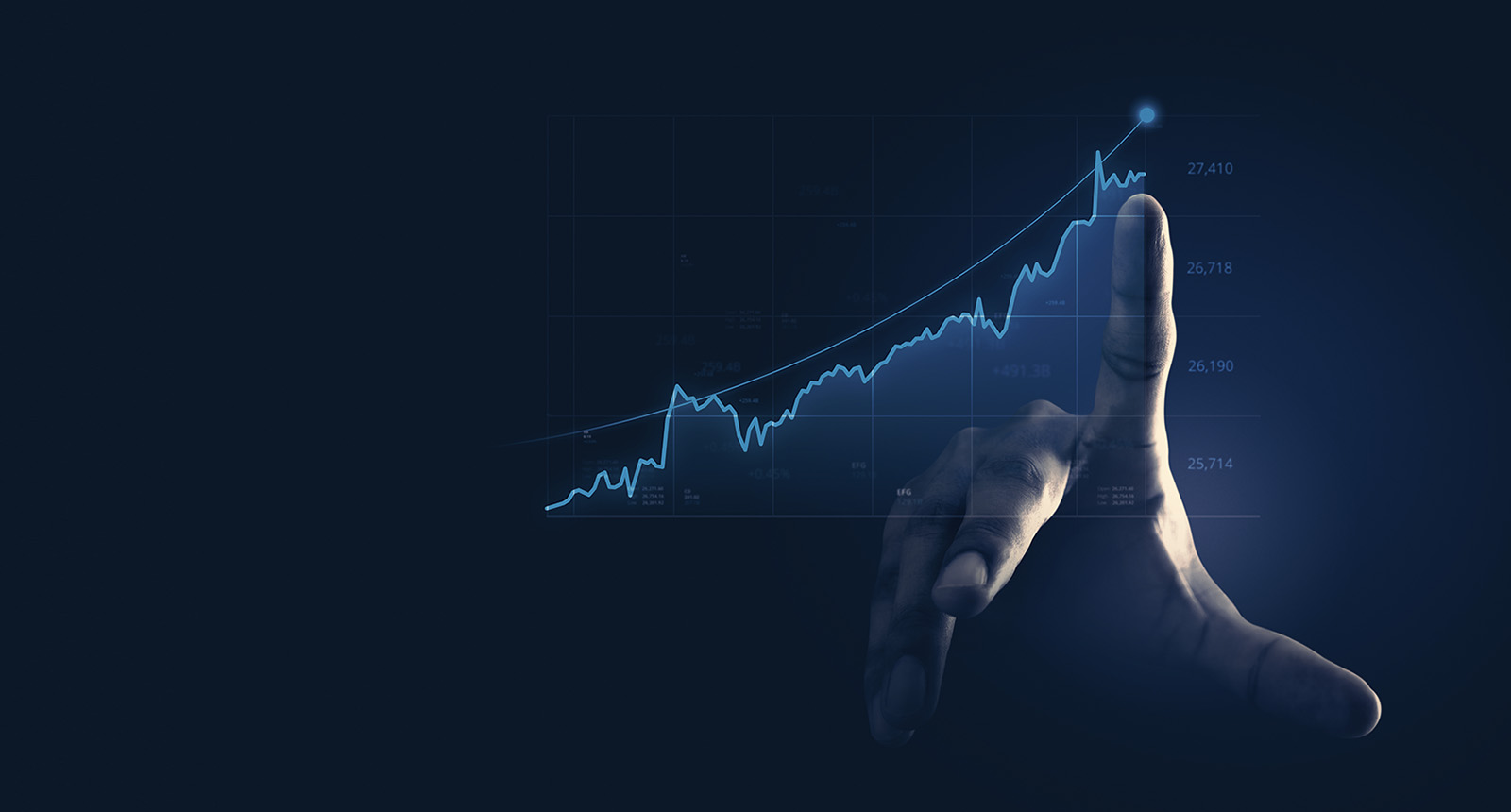As demand for these investment instruments continues to grow, AI and ML technologies have the potential to revolutionize the design, pricing, and distribution of structured products and certificates in Europe, offering new possibilities for investors and financial institutions alike.
We will explore the impact of AI on these financial products, examining the implications for investors and the future of the European financial landscape.

Artificial intelligence (AI) and machine learning (ML) have rapidly transformed various industries, from healthcare and finance to manufacturing and logistics.
In the world of finance, structured products and certificates represent a unique opportunity for AI-driven innovation.
The Role of AI in Structured Product Design
Structured products are complex financial instruments tailored to meet specific investment objectives by combining various underlying assets, such as equities, bonds, or commodities. The design of these products often requires expert knowledge and sophisticated financial modeling. AI and ML technologies can enhance this process by automating the identification of optimal product structures and enabling the rapid analysis of various market scenarios.
For example, advanced AI algorithms can analyze historical market data and identify patterns that suggest potential investment opportunities. These algorithms can then be used to design structured products that capitalize on these opportunities, offering investors unique risk-return profiles tailored to their needs. Furthermore, AI-driven models can continuously adapt to changing market conditions, enabling financial institutions to develop more responsive and dynamic structured product offerings.
The Impact of AI on Pricing and Risk Management
One of the key challenges in the structured products market is pricing and risk management. Accurately pricing these products is essential for both financial institutions and investors, as it helps to determine the potential returns and risks associated with the investment.
Traditionally, pricing structured products has relied on complex mathematical models, which can be time-consuming and prone to human error. AI and ML can significantly improve this process by automating the calculation of prices and risk metrics. By leveraging vast amounts of historical and real-time market data, AI-driven models can offer more accurate and reliable pricing information, enabling financial institutions to better manage their risk exposure and provide investors with more transparent pricing information.
In addition, AI-powered risk management tools can help financial institutions monitor and manage the risks associated with structured products more effectively. For example, AI algorithms can analyze large datasets to identify potential market anomalies or early warning signs of market stress, allowing financial institutions to take proactive measures to mitigate potential risks.
The Revolution of Distribution Channels through AI
Another area where AI and ML can significantly impact structured products and certificates is in their distribution. Traditionally, these products have been distributed through financial intermediaries, such as banks and brokers. However, AI-driven platforms have the potential to disrupt this model by streamlining the distribution process and offering investors more direct access to structured products.
For instance, robo-advisory platforms, which utilize AI algorithms to provide personalized investment advice, can incorporate structured products and certificates into their recommendations, offering investors a more diverse range of investment options. Additionally, AI-powered platforms can help investors better understand the complex nature of structured products, providing them with clearer information on the potential risks and rewards associated with their investment choices.
Furthermore, AI-driven distribution channels can offer financial institutions cost-effective ways to reach a wider range of investors, potentially democratizing access to structured products and certificates for retail investors. This could lead to increased competition and innovation within the European structured product market, benefiting both investors and financial institutions.
The impact of artificial intelligence on structured products and certificates in Europe is significant, with the potential to revolutionize the design, pricing, and distribution of these financial instruments. By harnessing the power of AI and ML technologies, financial institutions can develop more sophisticated product offerings, provide more accurate pricing information, and better manage their risk exposure.
For investors, the integration of AI in the structured product market offers the promise of more personalized investment options, improved risk management, and greater transparency in pricing. Furthermore, AI-driven distribution channels can democratize access to these complex financial instruments, enabling a wider range of investors to benefit from the unique risk-return profiles that structured products and certificates can offer.
As the European financial landscape continues to evolve, the adoption of AI and ML technologies in the design, pricing, and distribution of structured products and certificates is likely to accelerate.
Financial institutions that embrace these innovations will be better positioned to compete in an increasingly dynamic market and deliver value to their clients. However, it is essential for regulators and policymakers to closely monitor these developments to ensure that the benefits of AI-driven innovation are balanced against potential risks and that investor protection remains a top priority.
Artificial intelligence and machine learning have the potential to significantly transform the structured products and certificates market in Europe.
The integration of these technologies promises a more efficient, transparent, and accessible market for investors, as well as new opportunities for financial institutions to innovate and grow. As the adoption of AI continues to expand, the European financial industry must embrace these advancements to stay competitive and meet the evolving needs of its investors.
Get Started with YiELDEN




